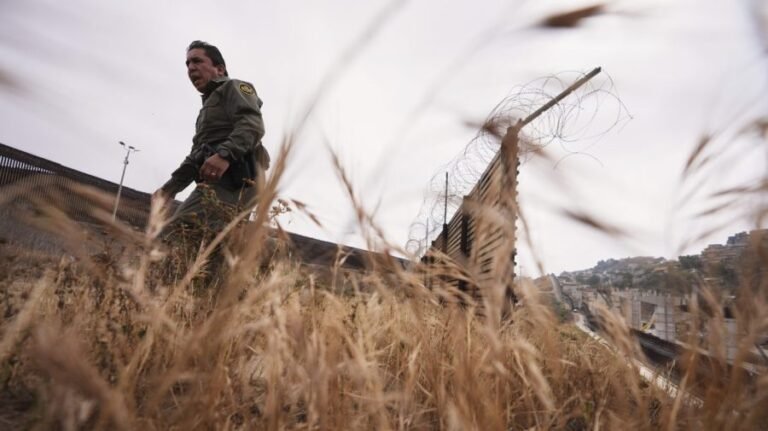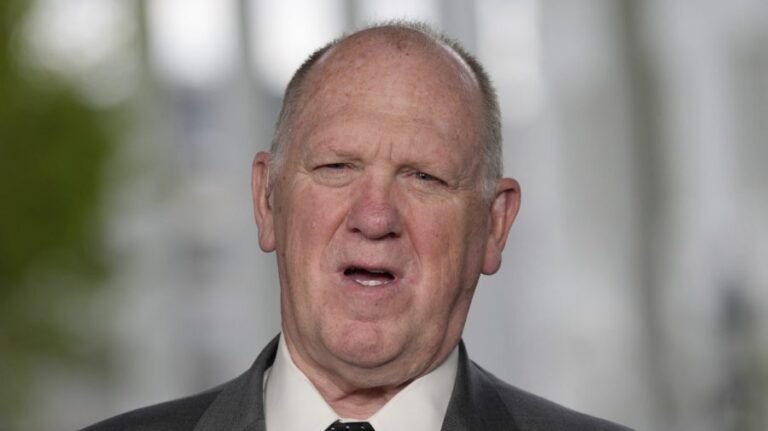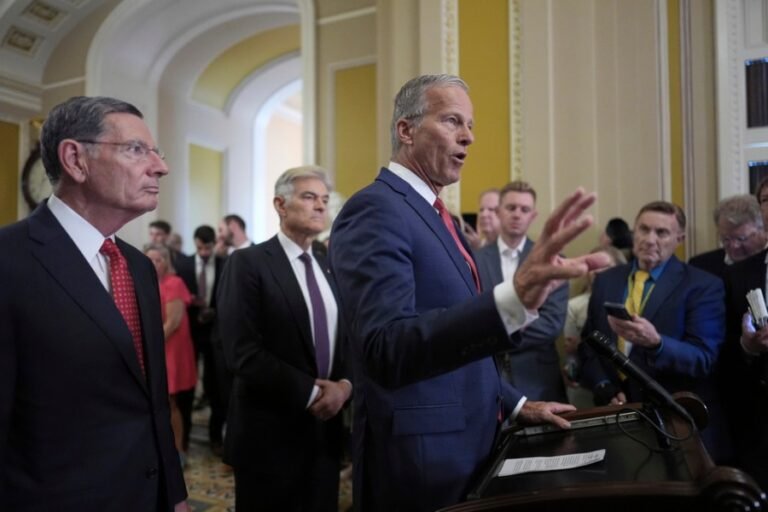
President Trump is punching back at critics and doubters as he tries to bolster his claim that the U.S. bombing of Iran was a full success, strategically and politically.
Trump and his allies have reacted furiously to media reports about an early assessment from the Defense Intelligence Agency (DIA), which contended that Iran’s nuclear program had likely been set back by only a few months by the U.S. bombing.
This assessment is a far cry from the claims made by Trump and by Israeli Prime Minister Benjamin Netanyahu. Trump said the campaign had left Iran’s nuclear facilities “fully obliterated.” The Israeli prime minister has said the Iranian program was “brought to ruin.”
The issue is important to Trump for domestic political reasons as well as on the global stage.
He had been under an unusual amount of pressure because of the crosscurrents within his Make America Great Again (MAGA) coalition on the issue of U.S. forces getting directly involved in the assault on Iran.
Figures like Tucker Carlson, Steve Bannon and Rep. Marjorie Taylor Greene (R-Ga.) have argued vociferously that Trump has risked getting the U.S. sucked into yet another war in the Middle East — even as more hawkish Republicans like Sen. Lindsey Graham (S.C.) contend that maximalist American support for Israel could transform the region.
Those fights got so intense that a number of influential figures on the online right have been hurling insults at each other. The tensions have also led to highly unusual moments, like the usually hyperloyal Greene writing on social media that Trump is “not a king” — even as she insisted there was no rupture in her support for the president.
Earlier this week, Trump seemed to have threaded his way through this complicated landscape.
The brief but significant U.S. strikes — in which B-2 warplanes dropped 14 massive bunker buster bombs on Iran — held out the potential of demolishing Iran’s capacity to enrich uranium, while also foreclosing the possibility of American forces ending up in a prolonged conflict.
The bombs were dropped on target, the damage was said to be total and the planes returned to their Missouri base without incident. To that extent, it was the antithesis of the disaster then-President Jimmy Carter suffered in 1980, when a bid to rescue American hostages in Iran ended ignominiously when helicopters failed in the Iranian desert and eight U.S. troops were killed.
Trump’s political victory appeared to be capped when he announced a ceasefire between Israel and Iran. He has taken to referring to the phase begun by Israeli strikes on Iran as the “12-Day War.”
But if — a big “if,” to be sure — the DIA assessment is correct, it has the capacity to change the narrative at a stroke.
If the setback inflicted on the Iranians could be overcome within months, it would suddenly look as if Trump had taken a very large risk for an unsatisfyingly small reward. It would also open the door to questions about whether the U.S. would feel the need to carry out further sorties into Iranian territory.
This may be one reason why Trump is so angry that the DIA’s evaluation has been made public. In one social media post on Wednesday, he contended that the two news organizations that led on the story, The New York Times and CNN, had “tried to demean the great work our B-2 pilots did.”
Trump went on to complain about reporters and asserted, “You would think they would be proud of the great success we had, instead of trying to always make our country look bad.”
“TOTAL OBLITERATION!” he concluded.
Secretary of State Marco Rubio put considerable emphasis on what he said was the destruction of a “conversion facility” in the city of Isfahan. Rubio contended this facility had been effectively erased — “we can’t even find where it is, where it used to be, on the map” — and that, without it, there was no way for Iran to develop a nuclear weapon.
The weak spot in this argument is that much of the attention before the U.S. raid was on a different Iranian facility in Fordow. It was the Fordow enrichment plant that, being built into a mountain, was supposed to require the use of bunker buster bombs in the first place.
Now, some reports suggest Fordow may have had its entrances cut off by the bombing, but without the destruction of the facility itself.
This, in turn, affects the whole rationale that undergirded the U.S. decision to get involved.
Advocates of the bombing argued that punitive action would cause the Iranians to abandon any ambitions they have for a nuclear bomb, for good.
But it’s possible that the Iranians could draw precisely the opposite lesson: that Israel and the U.S. had felt emboldened to attack because Iran is not a nuclear power — unlike other American adversaries like North Korea and Russia, for example — and therefore it needs to develop nuclear weapons with maximum speed.
Such a quest would be made easier if the core structure of some of its nuclear facilities have survived, if it was able to move enriched uranium to other locations before American bombs fell, or if it has secret facilities that have evaded international attention.
It is of course possible that the DIA assessment is simply wrong. Trump allies point to an Israeli intelligence assessment that found more serious damage was done. In a social media post late on Wednesday afternoon, Trump promised an “interesting and irrefutable” Pentagon news conference on Thursday morning, at which he said Defense Secretary Pete Hegseth and members of the military would speak.
Roughly an hour prior to Trump’s post, CIA Director John Ratcliffe released a statement saying the agency believed that Iran’s nuclear program had been “severely damaged.”
A statement from such a staunch Trump ally won’t quiet the doubters.
But Trump will be eagerly hoping it’s true.
The Memo is a reported column by Niall Stanage.


